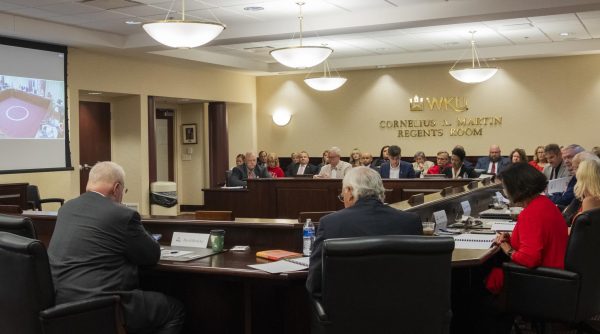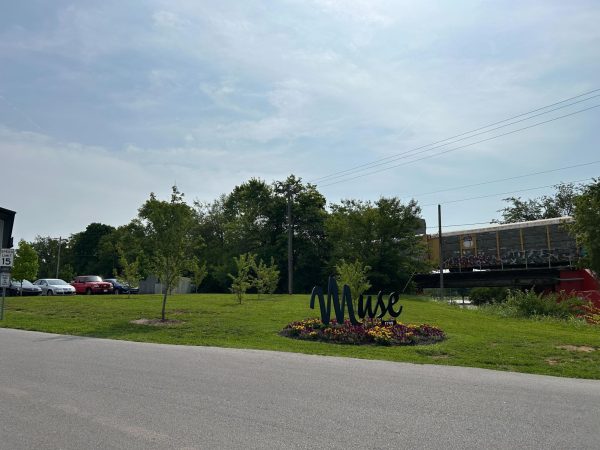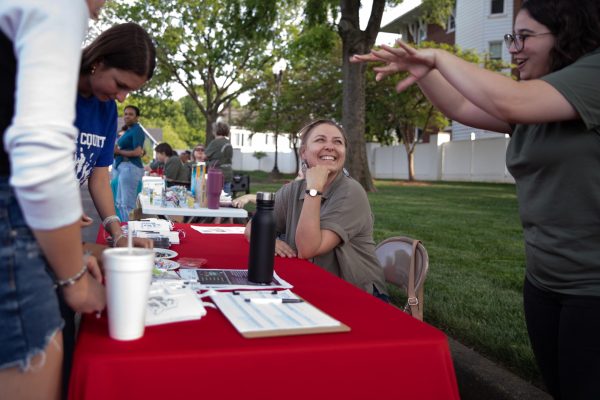Few told of toxic mold in Tate Page last year
October 10, 2002
Many of the 250 faculty and staff who work in Tate Page Hall were never told a laboratory found small samples of “toxic mold” in the building last fall.
“There were two colonies of the so-called ‘black mold’ found in insulation surrounding duct work,” Public Affairs director Bob Skipper said. “It’s in very minute quantities, and this was not airborne.”
Contractors removed the insulation in the 32-year old building where the toxic mold was found. State health inspectors didn’t find any of it in a follow-up test in February, said Charlotte Reeder, director of Environmental Health and Safety.
Western contracted with Pathogen Control Associates in Norcross, Ga., to test for mold in Tate Page after professors and staff complained about mold in classrooms and offices.
Many had allergic reactions, but one psychology professor, Adrain Thomas, suffered from muscle twitching and numbness his doctor blamed on mold.
The laboratory report from PathCon, dated Nov. 27, 2001, showed two colonies of Stachybotrys chartarum and 10 other types of mold were found in Tate Page.
Stachybotrys chartarum is a toxic mold that, in large concentrations, can cause sickness and was blamed for the deaths of 16 infants in Cleveland, Ohio, said Norman Goodman, a microbiology professor emeritus at the University of Kentucky.
Tennessee Environmental Health director Bonnie Bashor said the toxic mold can cause serious illness in people allergic to molds, in those with weakened immune systems, or in infants whose immune systems are not fully developed.
A toxic mold infestation in a Bluff City, Tenn., high school last week prompted the Board of Education there to close the school indefinitely.
Bashor said school board members overreacted.
“Normal people don’t need to worry,” Bashor said. “Unless the place is just visibly crawling with black, yucky stuff, you don’t need to worry.”
Skipper said the report from PathCon was given to Tate Page building coordinator Sharon Hartz.
“She was allowed to disseminate the information as she deemed appropriate,” Skipper said. “I don’t know how it proceeded from there.”
Hartz said she filed the PathCon report in a thick folder of complaints and reports of work done on the 139,000-square-foot building. She said she looked at the report and was unaware of the presence of the toxic mold.
“I just put them in the file,” Hartz said. “If anybody asked, I gave them a copy. I didn’t know what was in it. Nobody ever told me it was ‘black mold.'”
Thomas said he came across the report that showed there was toxic mold in Tate Page. He got sick often when he worked in the building. Last semester, Hartz found a new office and classroom for Thomas in the Academic Complex.
Thomas’ condition has improved since the move.
Unlike Thomas, many others, including psychology professor Bill Pfohl, remained in the dark about the presence of the toxic mold.
“No, we were never specifically told there was ‘black mold’ in the building,” Pfohl said.
Pfohl is under a doctor’s care for headaches and allergies he blames on mold in the building that houses the education and psychology departments.
Psychology professor Betsy Shoenfelt, who spends more than $1,000 a year on allergy shots and prescription medicine, didn’t know either.
President Gary Ransdell said Western is dedicated to fighting mold in its buildings, but that solving the problem may take years.
“We’re going to apply for some state emergency funds,” Ransdell said. “It’s just going to take time and money.”
Facilities Management has spent more than $130,000 fighting mold in Tate Page, Facilities Management director Doug Ault said. Western has also spent $27,000 to fight a mold infestation in the fine arts center.
Reach Dave Shinall at [email protected].




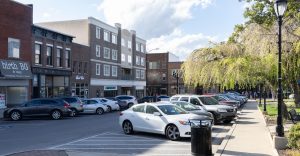
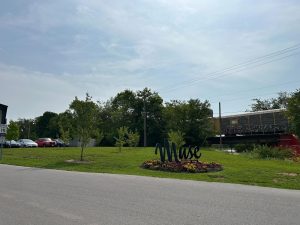
![Students cheer for Senator at Large Jaden Marshall after being announced as the Intercultural Student Engagement Center Senator for the 24th Senate on Wednesday, April 17 in the Senate Chamber in DSU. Ive done everything in my power, Ive said it 100 times, to be for the students, Marshall said. So, not only to win, but to hear that reaction for me by the other students is just something that shows people actually care about me [and] really support me.](https://wkuherald.com/wp-content/uploads/2024/04/jadenmarshall-300x211.jpg)










